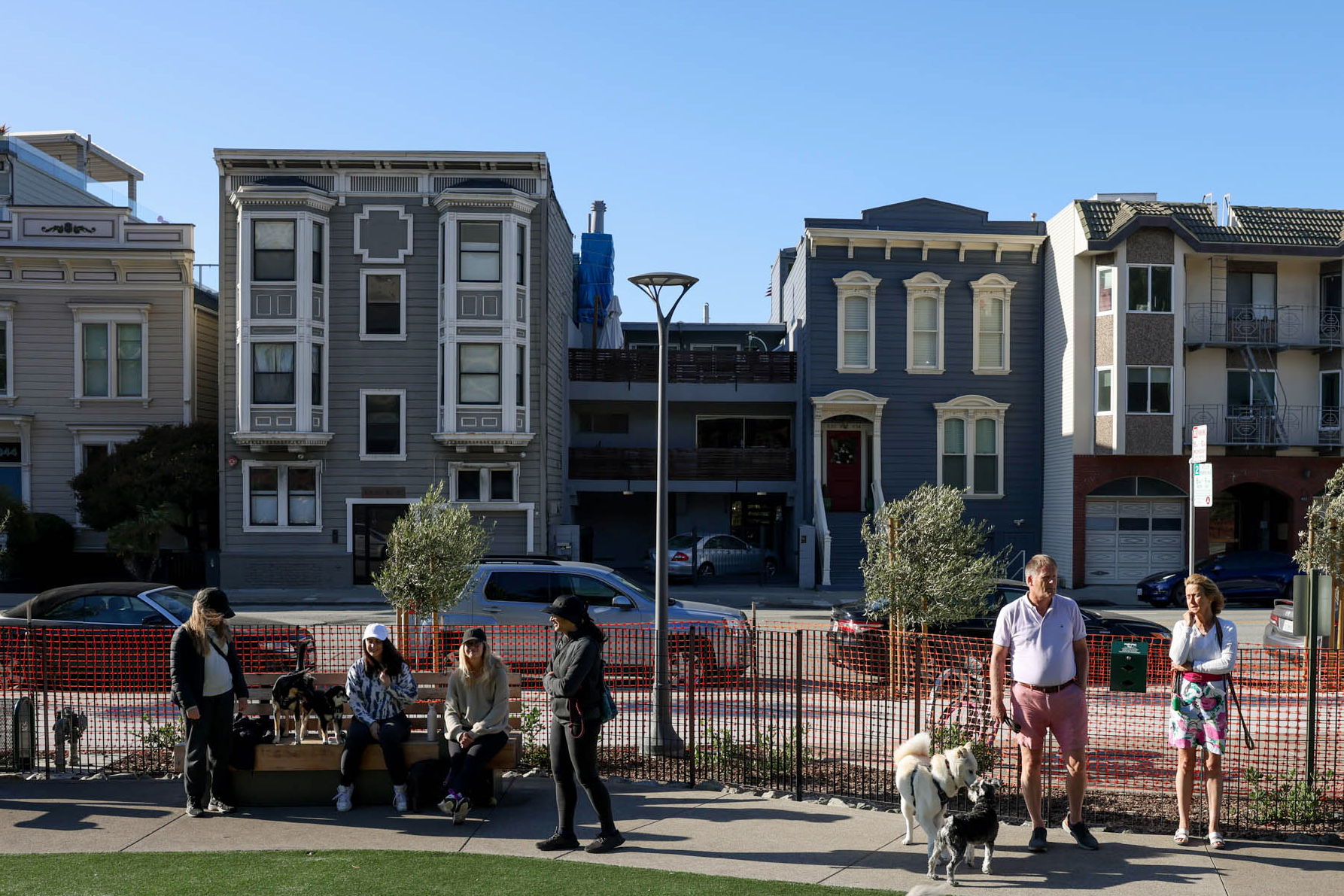New numbers from the U.S. Census Bureau show worsening conditions for renters in San Francisco during the pandemic.
The data, released as part of the American Community Survey, offers one-year estimates on key demographic information, including new details on housing in San Francisco. The just-released 2021 data pulls back the curtain on the pandemic’s impact on renters and homeowners in San Francisco, including a steady increase in rental vacancies, rising rent as a share of income, and a shifting burden of housing costs away from owners and toward renters.
The data also confirms the snail’s pace of new housing construction in San Francisco. Total housing units increased from 406,000 in 2019 to 412,000 last year at a pace of around 3,000 new units per year, an aggravatingly slow pace for a city that needs to plan for 82,000 new units in the next 10 years. The ACS did not release data in 2020.
Vacancies Are Up
Last year’s data reveals a notable increase in San Francisco’s share of vacant units from 10% to 15%. That’s about 58,000 empty units, as opposed to around 40,500 reported in 2019. The numbers also reflect a rising rental vacancy rate, while the local homeowner vacancy rate has actually gone down.
San Francisco’s rental vacancy rate is just above the national average, at 7.5%. But it is well below national peaks in the early 2000s. Included in the overall vacant units count are units that are for rent or for sale, are unoccupied, or—as was the case for more than half of vacant units in 2021—are empty because they’re either under repair or are for seasonal, vacation or other uses by the owner.
These numbers aren’t new to city officials, one of which is spearheading an effort to tax those vacant units. Spurred by a report from the Budget and Legislative Analyst’s office released earlier this year that broke down the 40,500 number, Supervisor Dean Preston and the local Democratic Socialists of America led the charge to place a tax on the November ballot aimed at owners of buildings with three or more units, with exemptions, who leave them empty for more than half the year.
Locals Spending More Cash on Rent
The newly released numbers also show more San Francisco renters spent more than a third of their income on rent. The newest data shows 34% of SF is spending 35% or more of their income on rent.
But San Franciscans are paying their rent, for the most part. In 2021, residents in just around 5,000 units did not pay rent. That might be due to San Francisco’s high average income, at nearly $182,000 a year per household on average, according to 2021 data.
Renters Now Paying a Higher Share of Costs
While local renters are spending more of their income on housing, owners with a mortgage are paying slightly less. Census data shows that owner costs as a percentage of income has actually decreased for owners with mortgages. Fewer owners with a mortgage are spending more than 25% of their income on housing costs in 2021 than in 2019.
Correction: A previous version of this article misstated the share of vacant units as rental vacancy rate.
